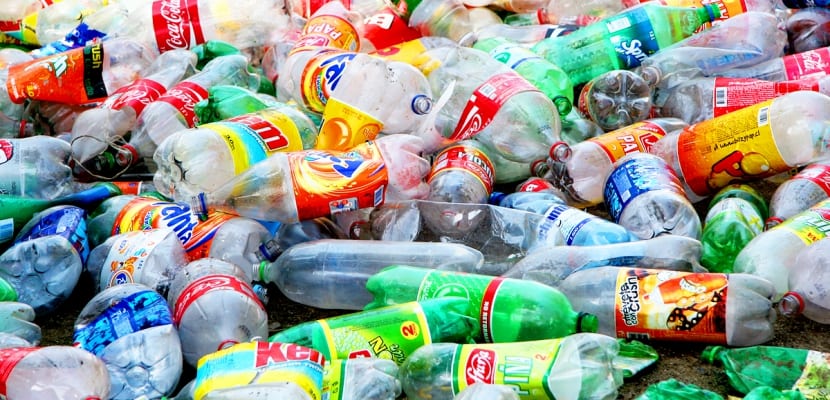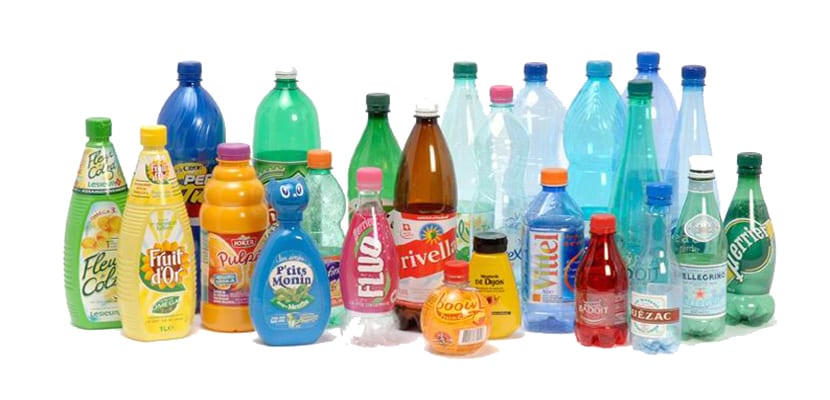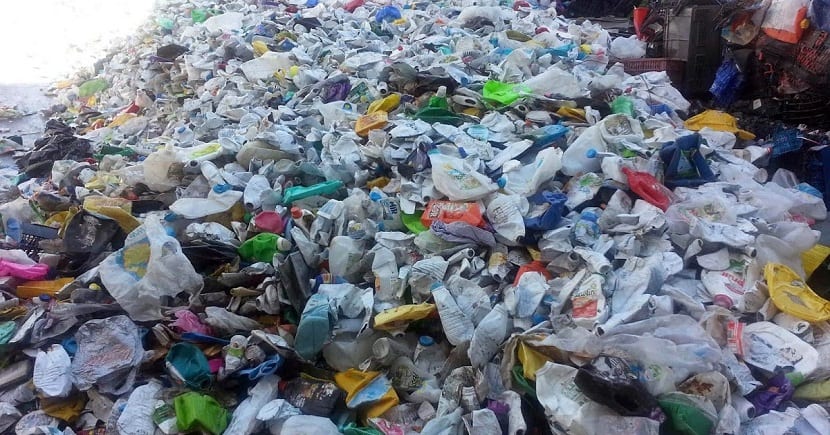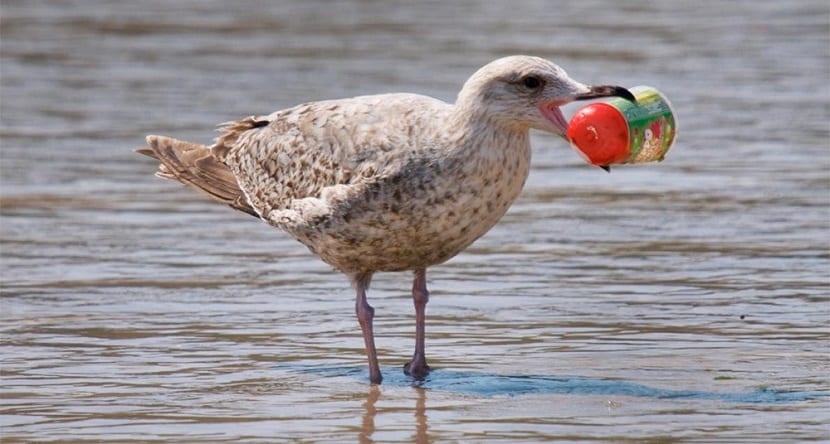
Every object is made by a some kind of material, this can be natural, that is, found in nature. Or artificial, usually made by us.
Next, we will try to analyze the composition and the environmental effects of two types of materials such as plastic and metal.
Types of materials
Plastic

Low production cost, easy moulding, lightness, raincoat, good thermal and acoustic insulation, resistant to corrosion and degradation.
The characteristics offered by plastic such as fully artificial creation material, has meant a breakthrough in the creation of products for daily use, both industrial and domestic, for decades.
The plastic it is a material of our time, a print created by ourselves.

Metal
But along with plastic, there are others much older materials we could say millennials, as are the different metals that in nature itself are found in a pure state (like gold, silver, copper...)
Like current products, metals have characteristics (good conductivity, heat transmission, hardness, high density...) discovered since its inception and used in multiple processes in all its history.
How do these materials affect our lives?
Thus, plastics, metals and their innumerable derivatives have starred in a whole advancement of science for the field of technology and the creation of parts and products all oriented to an improvement for the advancement as a society.
A leading role inside and outside the laboratory, although unfortunately does not show its best face.

As we have already spoken on other occasions, plastic is a great pollutant for our seas and oceans. Millions of tons of plastic are stored in our oceans causing negative impacts on the flora and fauna that live in it.
There are about 12 million tons of plastic waste in the seas. This contamination is not as visible as the rest of the contaminations, but it is a contamination on a global scale. Experts estimate that up to five percent of all plastics produced worldwide end up as garbage in the seas. What happens to these plastics?
Is this the price to pay for comfort?
Screws, bottles, lighters, screens, blades, ropes, shoes, refrigerators, plates, trays, buttons, mattresses, calculators... tools and products manufactured precisely to make our day-to-day life easier, now, ironically, this is an advance that becomes against us.
All these pieces created in their day are still somewhere today, and unfortunately many of them have seen that place in the past. seas and oceans.
As many of you have already read, there materials plastics attacking the marine fauna and the wear of metals contaminating the water and all the flora that feeds on it.

Awareness or destruction
The message that is transmitted from many organizations, and environmental groups, is in a education on the use of plastics at the household level. Thanks to this message, many volunteers set out every day to clean the coasts and recycle many of these products.

Oceans
Unfortunately, the current rate of deterioration of oceans and coasts cannot be stopped by social campaigns, which sometimes really do much more than the national budgets allocated to them.
Plastic in the oceans is becoming a devastating crisis and a new infographic shows where all this garbage comes from, where it ends up and why it is important to start the fight against this type of pollution from the beach itself, another of the sources from which it arises.
The chart, provided by Eunomia Research & Consulting in the UK, shows that more than 80 percent of all plastic What is dumped into the oceans, such as plastic bottles or packaging, comes from land-based sources. The rest comes from plastics that have been dumped into the sea itself.

The rate at which the current industry disposes of this waste adds up to such discouraging figures that the phrase that stars in many headlines takes shape every day "In 2050 there will be more plastic than fish in the sea.. In 2050…

Not everything is in the elimination of plastic, but in its correct recycling and reuse, and for this, it is more necessary than ever a social change, that just starting it depends on a few groups with potential.
Project Honda 2050
But the rest of us also have tools, such as projects as important as those being carried out with the garbage islands in the Pacific; there is also work to be done on our shores.
Among others, the project honda 2050 prepare a documentary in which the collection of garbage in the sea will coexist, with a subsequent use of all the waste collected.
The following links offer the steps of the project:
Promotional teaser:
Honda 2050 – TEASER 01 from Cesare Maglioni on Vimeo.
Presentation video